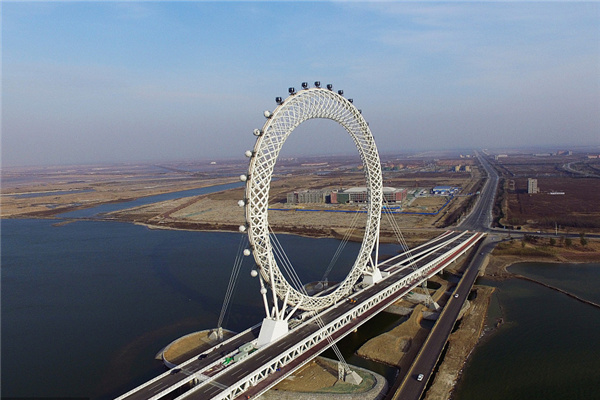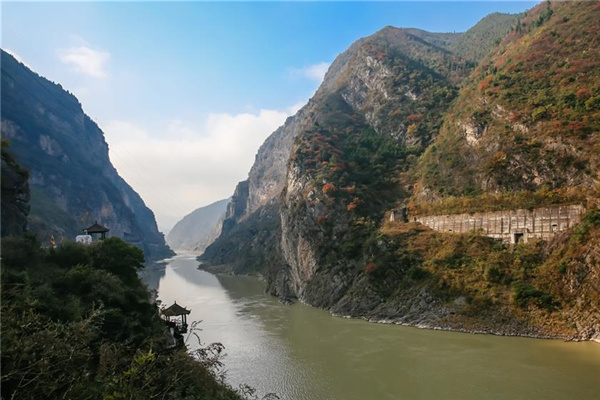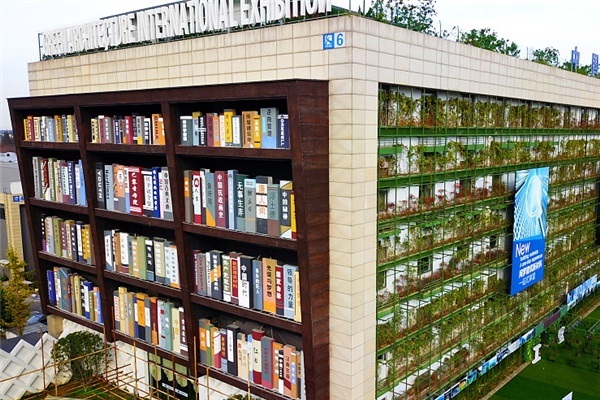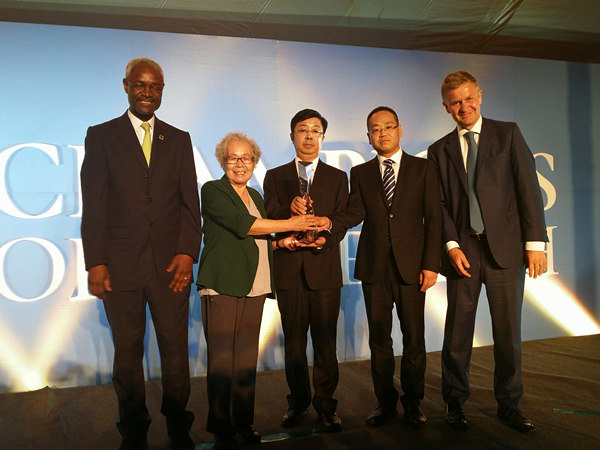

With ever-growing capacity and worldwide demand for clean energy, Chinese solar energy companies have received heated interest in their overseas initial public offerings (IPOs) over the past two years.
LDK Solar Co raised $469.4 million in its June 1 IPO, becoming the largest new listing by a Chinese company on the New York Stock Exchange (NYSE) since November 2004.
Yingli Green Energy Holding Co Ltd, has filed to raise about $350 million in its IPO and is slated to be listed on the NYSE this month, bringing to nine the number of Chinese solar energy enterprises that went public overseas since 2005.
That's the year, Chinese solar stocks first received an energetic reception when Suntech Power Holdings Co, one of the world's largest producers of photovoltaic (PV) cells, listed on the Big Board in New York. The $455 million IPO was the largest by a Chinese company in the US in 2005. Its shares doubled in price in the first month before retreating.
Following Suntech were Canadian Solar, a China-based solar company incorporated in Canada, Trina Solar, Solarfun and cell manufacturer JingAo,
Another Chinese wafer producer, ReneSola, was the top gainer in 2006. The silicon recycler and PV wafer manufacturer saw its stock on London's Alternate Investment Market rise as high as 375 percent over the opening price on its first trading day on August 8, 2006.
In the first half of this year, Chinese solar company fundraising through overseas stock markets has expanded to an even larger scale.
LDK, based in East China's Jiangxi Province, sold 17.4 million American Depository Receipts, with shares priced at the top of a forecast $25 to $27 range.
Another feature of listed Chinese solar PV companies is that many raised substantial amounts of private equity and venture capital and pre-IPO capital injections from Western investment banks for capacity expansion.
The market caps of Chinese solar stocks have risen sharply over the past two years as manufacturing costs have fallen and technologies have become more competitive with conventional electricity.
However, underlying the flourishing growth is the reality that the Chinese solar industry still faces numerous challenges and uncertainties, including short operating histories to demonstrate product quality and evaluate business performance, a global industry-wide shortage in solar-grade polysilicon, prices for upstream product silicon and wafers, and dependence on governmental support or preferential tax treatment for the solar industry.
Price of silicon
The price of silicon is of critical importance.
Current market demand for upstream silicon and wafers is particularly high in a constrained supply market, which has forced up costs in recent years. Many polysilicon supply agreements are subject to fluctuating market prices.
Record prices were registered in 2006 for solar-grade silicon, around $50 to $60 per kilogram under long-term contracts, which boosted profits of silicon manufacturers but became the principle challenge to wafer, cell and module manufacturers.
One reason is that polysilicon is an essential raw material not only for the solar industry, but also for making semiconductors. Significant growth of the solar wafer industry and competing demand and buying power of the semiconductor industry have resulted in an industry-wide shortage in solar-grade polysilicon and a significant increase in prices over the past few years.
The average price of virgin polysilicon under long-term supply contracts increased from about $35 to $40 per kilogram in 2005 to $50 to $55 per kilogram last year, and is estimated to further increase to $60 to $65 per kilogram in 2007, according to Solarbuzz, a solar energy consulting firm.
There is now a trend in China for integrated players in the solar industry to produce virgin polysilicon, photovoltaic cells and modules in a move to reduce reliance on suppliers.
Chinese manufacturers are also looking abroad to both Europe and the US to source production materials at better prices.
New Energy Finance, a UK-based consulting institution, says that the key factors in the success of a Chinese PV company include position in the value chain, as an integrated silicon, wafer, cell and module manufacturers need to avoid exposure to future pricing uncertainties, and should have firm contracts with various companies both for upstream supply and downstream sales.
Problems
One problem for LDK and most Chinese PV companies is the lack of long operating histories to demonstrate the quality of their products.
LDK Solar was incorporated in China in July of 2005 and completed the installation of its first production equipment for trial runs in February of 2006. It made its first commercial shipment of solar wafers in April of 2006.
Its operating history may be too short to offer a sufficient basis for evaluating its business, financial performance and prospects.
LDK manufactures multicrystalline solar wafers that are the principal raw material used to produce solar cells, then sells them to manufacturers of photovoltaic products, including solar cells and solar modules.
Since making the first commercial sales of multicyrstaline wafers last April, LDK reported a doubling of growth in its net sales from $12.1 million in the second quarter last year to $24.5 million in the first quarter this year.
To strengthen its revenue and customer base globally, it plans to continue to expand its overseas sales, which accounted for half of its net sales in the first quarter of this year.
"Expansion of our sales to overseas markets is an essential part of our business expansion plan," the company said in its prospectus filed with US Securities and Exchange Commission.
LDK is also considering entering into acquisitions and investments and establishing strategic alliances with third parties in the solar industry.
"LDK's upper position in the solar power industry chain and its rich customer resources are the lucrative aspects that attract investors' interests and bolster our confidence for investment return," Ye Dong, president of Tsing Capital, tells China Business Weekly.
Tsing Capital, a Chinese venture capital fund focusing on alternative energy investment, which was also called the China Environment Fund, had earlier invested $5 million in LDK and $3 million in China Sunergy.
"If we exit from LDK and China Sunergy after their listings, the two successful venture capital investment deals will definitely bring us optimistic returns, perhaps triple or five times our investment," says Ye.
(China Daily 06/11/2007 page4)













